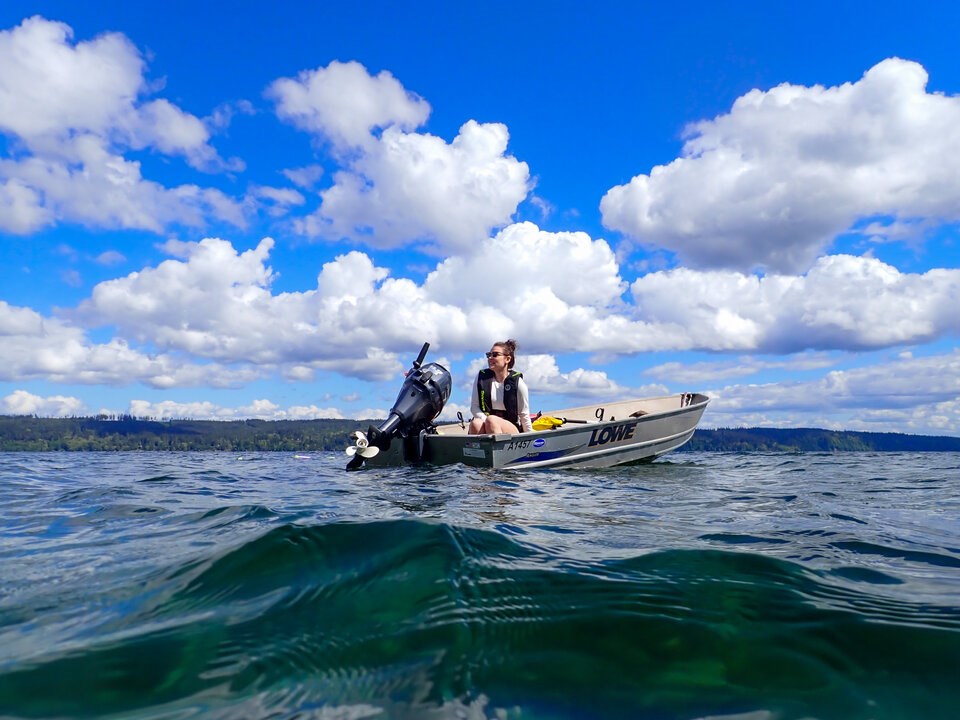At the end of a summer day, Mackenzie Woods climbed into an aluminum skiff off the dusky coast of Washington’s Olympic Peninsula.
As she revved up her 9.9-horsepower motor, sound waves rippled through the water at a speed four times faster than through air. Her target: a series of underwater nests whose residents have gained a reputation for their angry grunts and metallic love calls.
Song is often held up as a universal language, one that spans human culture and extends to birds, crickets and whales. But just how widespread the animal soundscape really is has long been an open question among scientists.
Woods is one of a growing group of scientists — many based in British Columbia — who have reignited an interest in the sonic environment of fishes and what humans are doing to contaminate it.
“Human noise in the ocean has been greatly, greatly increasing over the last century,” said the researcher at the University of Victoria.
“It's more than doubled every decade for the last 50 years.”
Just how that could impact fishes' ability to communicate is still not clear.
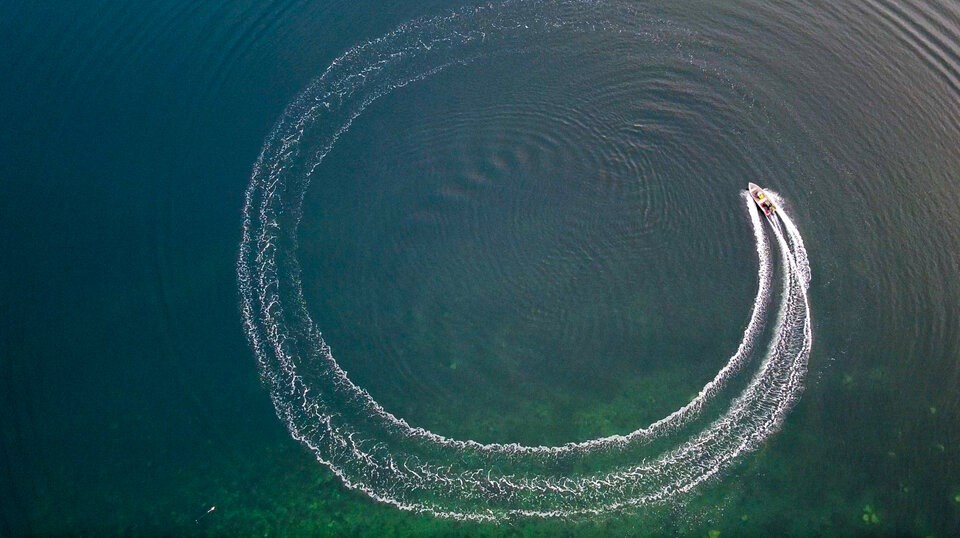
A nocturnal hum from the deep
Fish noises have often been misunderstood, and at times, vilified as monsters.
In the summer of 1981, house boaters in the northern California town of Sausalito first started noticing a nighttime hum resonating through the steel hulls of their floating bedrooms.
The hum ranged from the “sound of an electric shaver up to the level of an airplane engine at full throttle,” according to the Sausalito Historical Society.
In 1984, the sound returned at unbearable volumes, prompting Cold War conspiracies of secret government submarine projects to “extraterrestrials on summer vacation.”
The next year, a San Francisco Chronicle reporter was dispatched to the scene. Waldo Point Harbormaster Ted Rose was quoted saying the “mechanical raspy hum” can get so loud it drowns out conversations and wakes people from a “dead sleep.”
“It sounds like this mzmzmzmzmzmzmzm,” Rose told the reporter.
As the mystery deepened, it drew national media attention. Biologists questioned, could the sound be biological? Could it be a fish?
Eventually, the hum was narrowed down to the same species whose hums and grunts Woods tracked two years ago off the coast of Washington State: the singing toadfish, or plainfin midshipman — named for the bioluminescent buttons that resemble a naval cadet’s jacket.

Boat noise in the way
Most of the year, the toadfish lives in deep water along the Pacific coast of North America from Alaska to Baja California. But in the summer, the male midshipman migrates to the intertidal zone, where it digs out nests in sandy bottomed shorelines with a lot of rocks. In B.C., places like Crescent Beach in Metro Vancouver or Ladysmith on Vancouver Island, are among its favourite spots, says Woods.
On summer nights, the males vibrate their gas bladders up to 150 times a second in a nocturnal hum amplified by their nests. The song attracts females from the deep in a competitive courtship ritual.
Once mated, the type-one “guarder” males will spend months in the nests, not eating, tending and defending the eggs, and humming to attract more females, says Woods. Sometimes, a less common type-two male, known as “sneakers,” slink into the larger males' nests.
“As the name suggests, they're very sneaky,” said Woods. “They'll hide either like right outside of a guarder’s nest or in the corner of the nest.”
“And then once a guarder has attracted a female, and he's actively spawning with her, the sneaker male will release his sperm in a sneak attack to try to fertilize some of the eggs that the female is laying.”
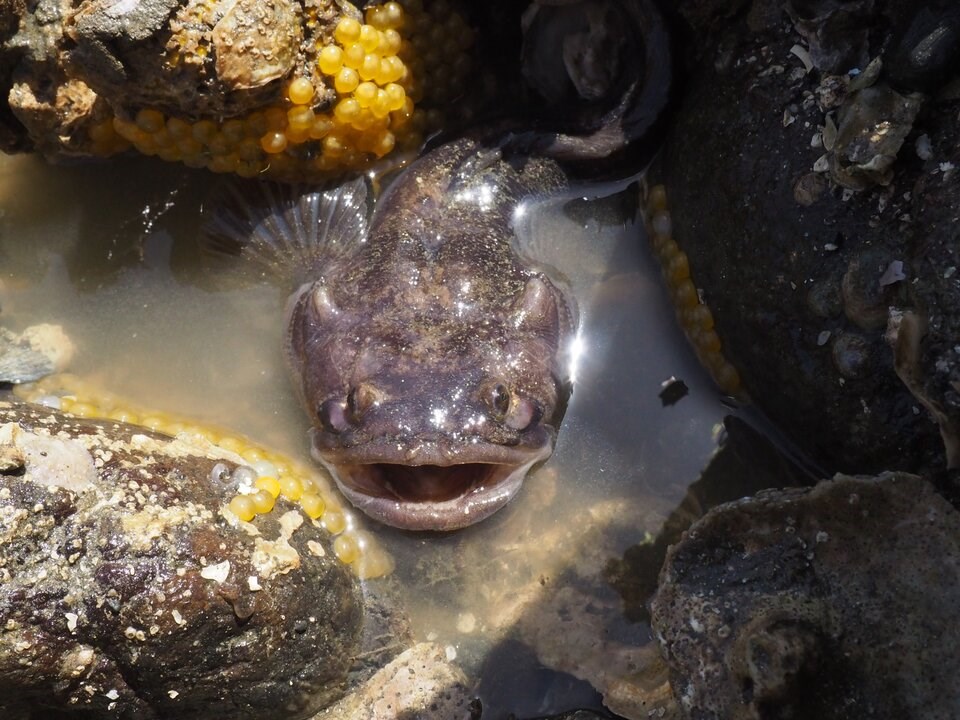
How underwater noise from ships or industry could interrupt that reproductive life cycle is still not clear, though Woods is working to correct that.
According to her unpublished research, Woods says midshipman guarder males produce four times fewer defensive grunts and growls when in the presence of a boat engine. That could potentially leave them open to attack from crabs, gunnels or other males.
“It can kind of throw off their defence,” she said.
To make matters worse, the species' nests often sit next to marinas or ferry terminals, and their summertime breeding season overlaps with the peak of recreational boat traffic.
While Woods says that makes the fish an ideal model to understand the wider effects of noise pollution in B.C. waters, it is far from the only sound-producing fish that could be affected.
Fish sounds millions of years ahead
More than 180 species of fish in Canada, and at least 75 in B.C., are known to actively make sounds, says Woods.
Globally, scientists have tracked down roughly a thousand fish species that grunt, drum, hum or sing, though that number could climb to nearly 22,000, according to a study recently published in the journal Scientific Data.
Audrey Looby, a University of Florida PhD student who led the research, said fish ancestors have independently evolved more than 30 different ways to make sound. Some vocalizations help modern fish breed or navigate, while others detect predators and prey.
“In each of those evolutionary branches, you have a lot of unique and distinct ways that fish have figured out how to make sounds — clicking bony structures together, playing their swim bladder like a drum, or rubbing spines together,” said Looby.

With only four per cent of the planet’s fishes surveyed for sound production, scientists are only beginning to understand what has emerged through hundreds of millions of years of evolution, according to Simon Fraser University ecologist Kieran Cox.
“Fishes have been doing this for a really long time,” said Cox. “People always say like, you know, ‘fish sing like birds.’ And I'm like, 'Well, you're wrong. And not just kind of wrong. You're wrong by like millions of years.'
“Birds sing like fish. We're just talking about different evolutionary timelines here.”
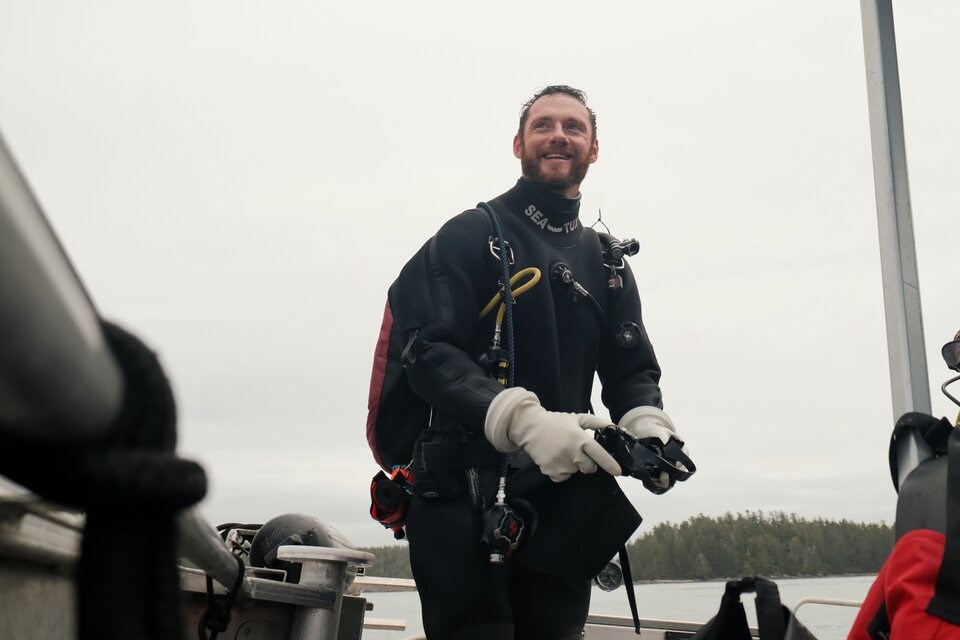
150 years of listening to fish
Since the emergence of life on Earth, the realms of water and air have been divided by the laws of nature in sometimes imperceivable ways.
Water is 800 times more dense than air, creating a boundary between the two like a double-sided mirror — on one side, the sounds of the underwater world are reflected back on itself; on the other, terrestrial life remains within its own acoustic bubble.
One of the first documented attempts to breach that barrier came from naturalist Charles Abbott, who in his 1884 treatise A Naturalist’s Ramblings About Home called for humans to listen to fish with an “unlimited amount of patience.”
In the brooks, ponds and lakes of New England, Abbott was a careful observer of the “deep grunts” of the mud sunfish, the “love call” of the lamprey during the breeding season, and the slight metallic resonance of eels that could be compared with “the faint squeak of a mouse.”
Of the landlocked gizzard-shad, Abbott wrote: an astute observer can detect a “very audible whirring sound” not unlike the deeper notes of a wind harp.
The idea that fish could produce sounds described as musical, and at times, beautiful, has faced stiff resistance over the intervening years.
Many scientists looked down on the idea that fish are animals complex enough to feel pain, let alone communicate through sound or song. With the advent of underwater technology, that began to change.
Forgotten science gains new followers
During the Cold War, Marie Fish of the University of Rhode Island pioneered capturing underwater biological sounds while working on top secret projects with the U.S. Navy. If you can rule out fish and cetaceans, the thinking went, you can better hunt enemy submarines.
When her work was finally declassified, Fish published a hallmark book describing sounds of fishes in the Atlantic Ocean, what marine biologist Rodney Rountree says represents the first concerted attempt to categorize the underwater soundscape of an ocean.
“Over 100 years ago, when scientists first started looking at it, people are saying, 'Hey, this is really important.' But then it kind of got lost,” said Rountree, who is also known by the moniker ‘The Fish Listener.’
“Part of it is just lack of attention, this lack of looking. If you don't look for something, you're not going to find it. You're not gonna appreciate how important it is.”
For the past two decades, Rountree helped pick up where Fish left off.

An adjunct professor at the University of Victoria, Rountree was the first to document the woodpecker-like call of the cusk eel, which for decades has spawned rumours of sea monsters among sailors off the eastern tip of Long Island.
“It sounds a lot like a woodpecker — eh-eh-eh-eh-eh!” said Rountree from his home in Cape Cod, Mass. “It makes a great ringtone. It’s my ringtone.”
Rountree has travelled widely throughout the world’s coastlines, dipping hydrophones into the waters of Caribbean, Amazon and Hudson River in New York City. Some of the sounds he has gathered have been little more than a grunt. The puffer fish, children have told him, squishes like a wet sneaker.
Others, like the drum fish, plays its bladder like a (surprise) drum and is among a score of fish sounds artists have sampled around the world.
“It’s been a journey of discovery because in many cases, there are places where I'm doing the work that no one's ever done before,” he said.
A global bank of fish sounds
Two years ago, Rountree joined Cox, Looby and other scientists from across Canada, the U.S. and Brazil to launch FishSounds, the largest bank of acoustic fish recordings in the world. The open-source website is as much a tool to educate the public as it is a scientific repository.
“We had an idea for a long time that the ocean is quiet, but it’s just because we had a hard time hearing them,” said Looby. “By being able to listen to all of these different sounds, that can really create a greater connection with the species that you're listening to.”
Over the years, Rountree has worked hard to bring what he has learned to the public. He has offered interactive audio displays for children. And for years, he distributed free fish ring tones.
One sound he captured was downloaded hundreds of thousands of times, likely making it the fish sound most heard by the human ear. It's origin: a mysterious aquatic fart captured in Maine's Kennebec River.
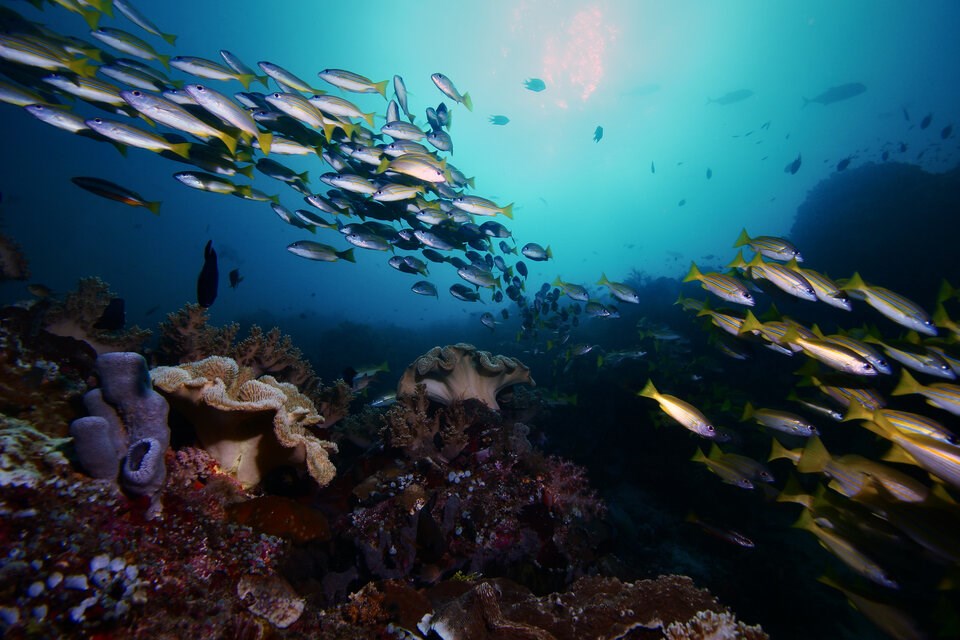
With Rountree now semi-retired, the FishSounds website has supercharged his early efforts to get the word out to a public who rarely, if ever, immerse themselves in an underwater environment.
“People can go online and search their favourite fish and hear the sounds,” Cox said. “Once you connect people with this, I don't think they have to necessarily be in the environment. If that was true, so many people wouldn't be obsessed with space and the deep sea, where very few people are ever going to go.”
Some things haven't changed. Notorious for passing gas, Pacific herring might be the last fish you'd want to talk to. But for many, its fart remains one of the most popular sonic opening lines. A “Fish or Fart” guessing game tested on after-school programs at aquariums has become so popular, the FishSounds educate team are considering creating an online version.
“We thought it would work for kids, and like, no, no, students, teachers, it doesn't matter. Everyone loves it,” Cox said.
‘The Holy Grail’
Since Abbott’s 19th century musings, listening to fish has come a long way, largely bolstered by cheaper and better acoustic listening devices.
Those advances have opened up new possibilities to apply passive acoustic monitoring to fisheries management. Experts still tend to monitor fish populations through expensive and invasive ocean transects that require catching fish in nets.
“It's costly. You can only do it so many times a year, so you only have a few snapshots,” said Xavier Mouy, an acoustician who spent years measuring noise pollution at B.C.’s LNG facilities and the Port of Vancouver.
“Basically, you have to kill the fish.”
Between 2016 and 2020, Mouy deployed nine acoustic arrays off Vancouver Island — at locations like Ogden Point, Mill Bay and Nanaimo — in an attempt to monitor fish.
By mounting six hydrophones and two cameras on a house-shaped PVC frame, Mouy and his colleagues were able to identify a number of fish sounds in B.C. waters, from the endangered quilback rockfish, which contracts its swim bladder to grunt, to lingcod, whose sound-producing mechanism remains a mystery.
The cost of the technology has come down so much, Mouy said he has even mounted the listening devices on underwater remotely operated vehicles and successfully snuck up on schools of fish off Hornby Island.

Once you know what to listen for, then you can start understanding what’s out there and where. Think of it like walking into a room with your eyes closed, Mouy said. Most people might be able to pick out familiar voices and where they are coming from.
But instead of human ears, which are poorly attuned to hear underwater, the scientists sink an array of hydrophones, which can triangulate and pick out individual species. With enough listening and patience, they hope to map out species range and behaviour, such as when they are spawning.
“The Holy Grail is to get to the number of fish,” Mouy said.
Now in Miami carrying out passive acoustic monitoring for the National Oceanic and Atmospheric Administration in collaboration with Woods Hole Oceanographic Institution, Mouy's research has been picked up by another graduate student at the University of Victoria.
Meanwhile, Mouy recently took what he learned in B.C. to Australia, where he dropped a passive acoustic device into the Great Barrier Reef.
“I'm still waiting for the data,” he said.
A race against noise pollution
Most of the scientists interviewed for this story said they felt they were in a race against time to capture underwater soundscapes before species disappear or have their sounds drowned out by the rising ride of human noise.
“We tend to think a lot about birds and mammals and how important sound is, but a lot of those same things occur in fish world,” added Rountree. “There are so many sounds we don't know. They're gonna be lost before we haven’t documented them.”
“What we know right now is just a drop in the bucket.”
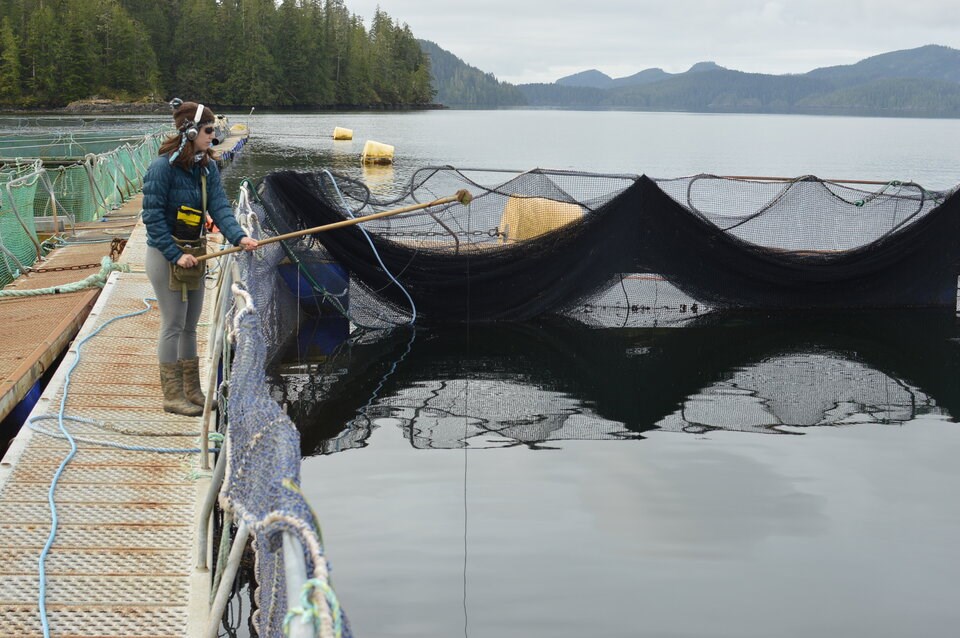
For Woods, the tortuous road of listening to life underwater has been marked by moments of hope.
After learning the singing toadfish was the source of their insomnia, Sausalitans launched the Humming Toadfish Festival in 1988. For three years, the annual revelry celebrated the species with a marching kazoo band, craft beer and sausage tastings.
The festival ended in 1990 when the toadfish moved on to other breeding grounds. But Woods says the short-lived craze over a rarely seen species shows how listening can create empathy even for a branch of life far removed from human experience.
In other words, she said, it helps people imagine: What if I were a fish?

